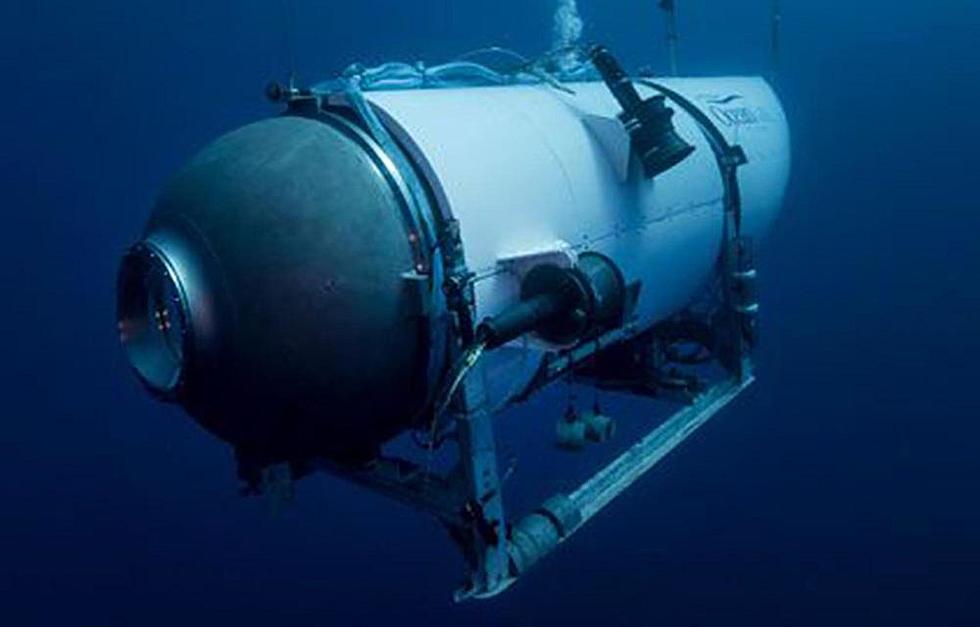
Five Missing Crew Members of Titan Submersible Believed to be Dead
The hope of a successful rescue mission has faded as the search for the missing Titan submersible, carrying five crew members, takes a tragic turn.
OceanGate Expeditions, the company leading the expedition, announced today that the crew members are believed to have perished. The missing individuals have been identified as pilot and chief executive Stockton Rush, passengers Shahzada Dawood and his son Suleman Dawood, Hamish Harding, and Paul-Henri Nargeolet.
The grim update comes after the U.S. Coast Guard reported the discovery of a debris field at the bottom of the ocean near the Titanic wreck site. However, it has not been confirmed whether the debris is connected to the Titan submersible. A remotely operated underwater robot found the debris within the designated search area and authorities are currently evaluating it.
The Titan embarked on its expedition to observe the decay of the Titanic and study the underwater ecosystem on Sunday morning in the North Atlantic. The vessel was equipped with an estimated 96-hour oxygen supply, which likely expired earlier today. The exact circumstances leading to the "loss of life" have not been disclosed by OceanGate Expeditions.
Rescue teams have been mobilized to the scene, deploying ships, planes, and underwater robots to aid in the search efforts. A Canadian ship's undersea robot has reached the ocean floor, while a French research institute has dispatched a deep-diving robot equipped with cameras, lights, and arms to join the operation.
Despite underwater noises detected in the search area on Tuesday and Wednesday, the lack of oxygen remains the primary concern for potential survivors. Experts have stressed the challenges of locating a submersible the size of the Titan, measuring approximately 22 feet in length and 9 feet in height, in the vast and dark underwater environment.
Newly revealed allegations suggest significant warnings were raised regarding the safety of the submersible during its development. The ongoing investigation aims to determine if any manmade sources other than the Titan could be responsible for the detected underwater noises.
OceanGate Expeditions has been conducting yearly voyages to study the Titanic's deterioration and the surrounding underwater ecosystem since 2021. The tragic incident has prompted discussions about the risks associated with deep-sea tourism and the need for enhanced safety measures.
As the search and evaluation of the debris field continue, authorities remain committed to the search-and-rescue mission, despite the dwindling hope of finding any survivors. The families of the missing crew members, such as the Dawood family from Pakistan, have requested privacy and expressed confidence in the ongoing search efforts.
The U.S. Navy is actively involved in the operation, planning to deploy a specialized salvage system capable of hoisting large undersea objects. The Titan, weighing 20,000 pounds, could potentially be lifted by the Navy's Flyaway Deep Ocean Salvage System, designed to handle up to 60,000 pounds.
This devastating incident serves as a stark reminder of the unpredictable nature and inherent risks associated with deep-sea exploration. With the growth of deep-sea tourism, experts warn that more incidents like this could occur, highlighting the urgent need for advanced underwater robots and remotely operated vehicles.
The investigation into the cause of the tragedy and efforts to locate the Titan submersible will continue as authorities strive to provide answers and support to the families affected by this heartbreaking event.
This is a developing story that will be updated as more information becomes available.
25 True Crime Locations: What Do They Look Like Today?
More From Hot 107.9









